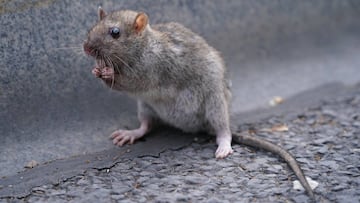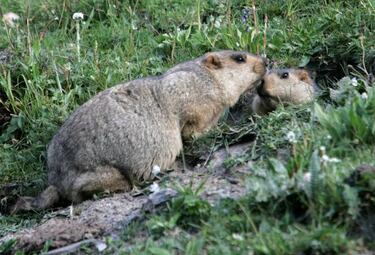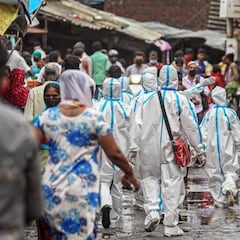What is the bubonic plague, its symptoms and how it spreads?
With the news that there was a suspected case in China, questions were raised about what it could mean as we fight with the Covid-19 pandemic.

Over the weekend news broke that there had been a suspected case of the bubonic plague in the Chinese region of Inner Mongolia. Immediately concerns began to be raise with people as the world battles against the current coronavirus pandemic.
What is the bubonic plague?
The bubonic plague, known as the "Black Death" in the Middle Ages, is a highly infectious and often fatal disease that is spread mostly by rodents. It is caused by bacteria that live in animals called Yersinia pestis, often found in the fleas of rodents and the symptoms include swollen lymph nodes in the armpit or groin (known as ‘buboes’ hence the plague name), fever, muscle pain and headaches. Serious cases can see the bacteria enter the bloodstream causing septicaemia or sepsis.
It can be caught by getting bitten by infected fleas or by touching the infected rodents. The bacteria enters the body through the respiratory system or through a cut in the skin. Once infected, time is of the essence, and quick treatment with antibiotics is required to save the life.
- Can you get Covid-19 twice?
- Can coronavirus be spread through the air?
- Triple lockdown in India: what it means and in which zones
In recent times, outbreaks have become much less common and between 2010 and 2015 there were 584 deaths across the world, with over three thousand cases reported.
Marmot hunting focus for Russia after bubonic plague alert
Russia said on Monday it had stepped up patrols to stop people hunting marmots near its border China and Mongolia after the countries reported possible cases of bubonic plague, which can be carried by the animals.

Authorities in Bayan Nur, a city in the Chinese region of Inner Mongolia, issued a warning on Sunday after a hospital reported a suspected case of the deadly disease. The Chinese region forbade the hunting and eating of the large rodents and asked the public to report any suspected cases, as well as any sick or dead marmots.
Related stories
Neighbouring Mongolia also reported two cases of bubonic plague linked to people eating marmot meat in its western Khovd province last week. Authorities in Russia's Altai region, which borders Kazakhstan, China and Mongolia, said officials were patrolling the area to enforce a ban on hunting marmots and to warn people about the dangers, TASS news agency reported.
The local branch of Rospotrebnadzor, the consumer health watchdog, said the cases across the border did not pose a threat to people in Altai, TASS reported.

